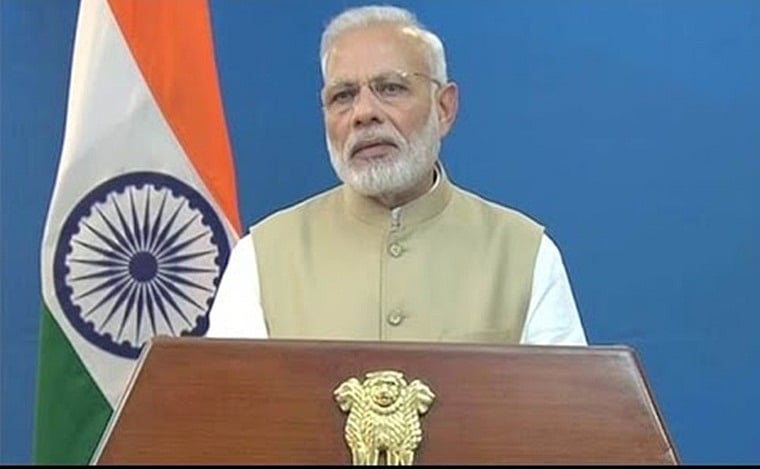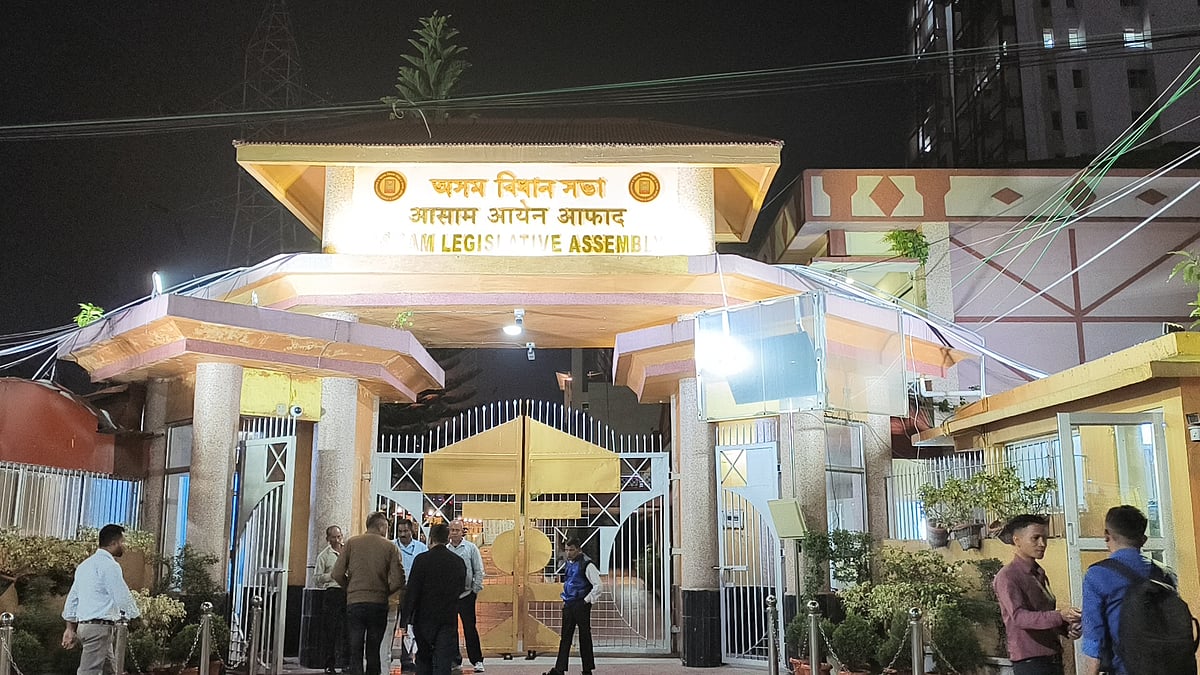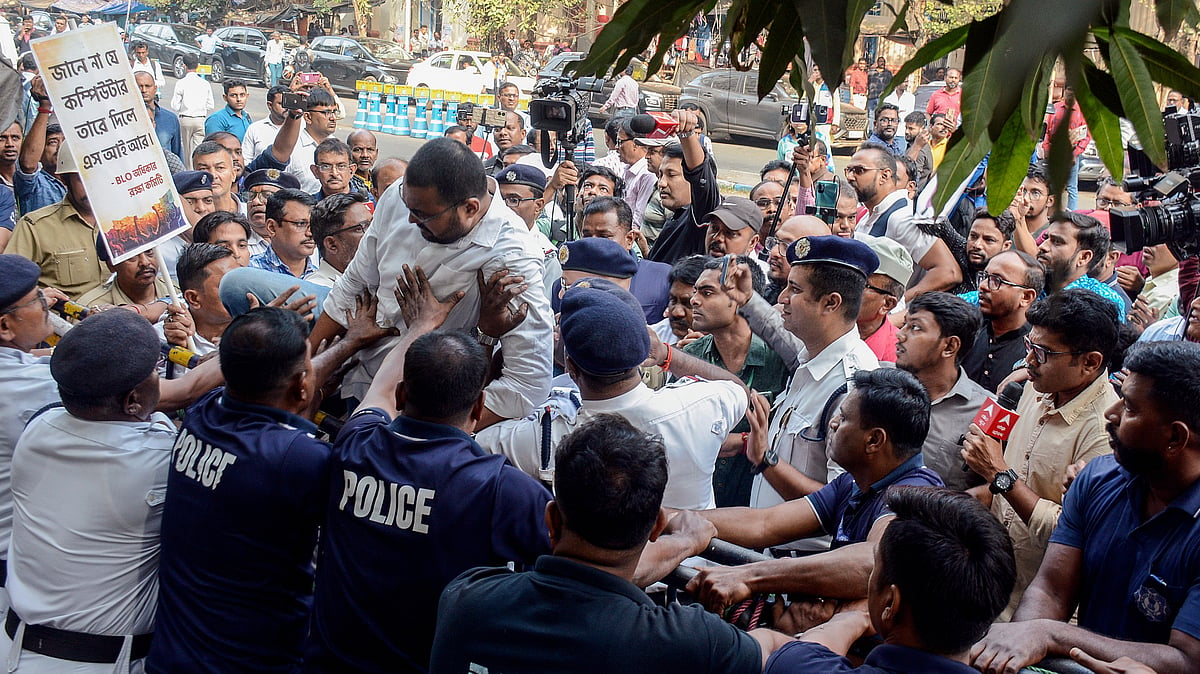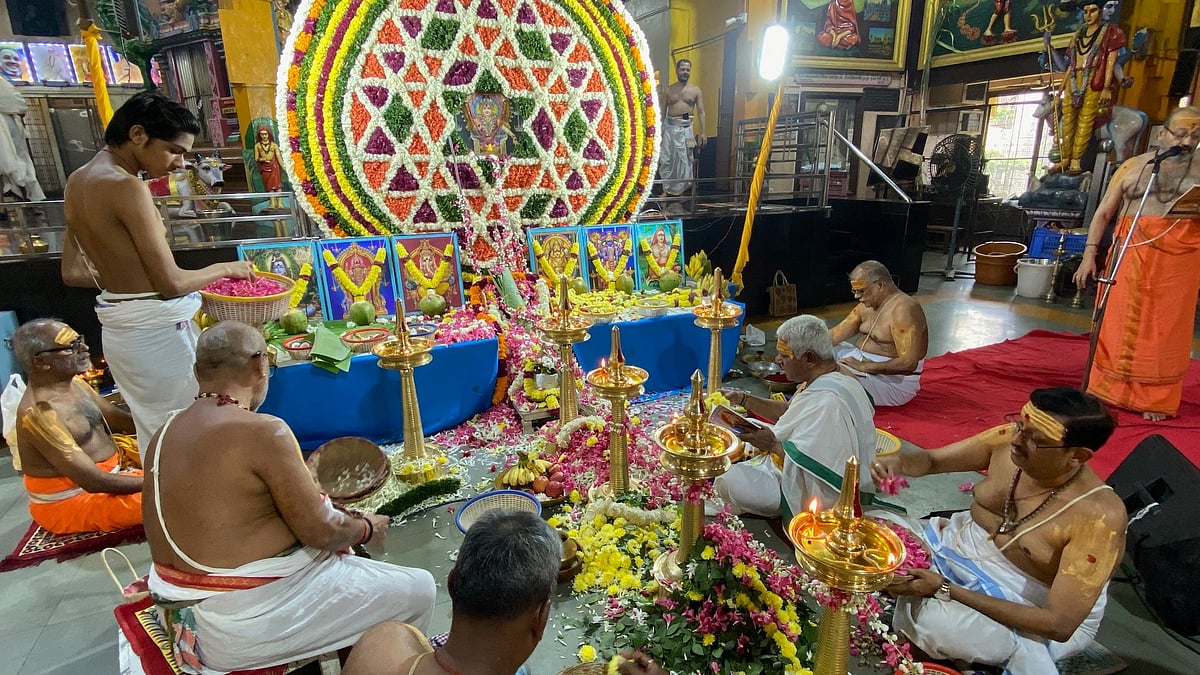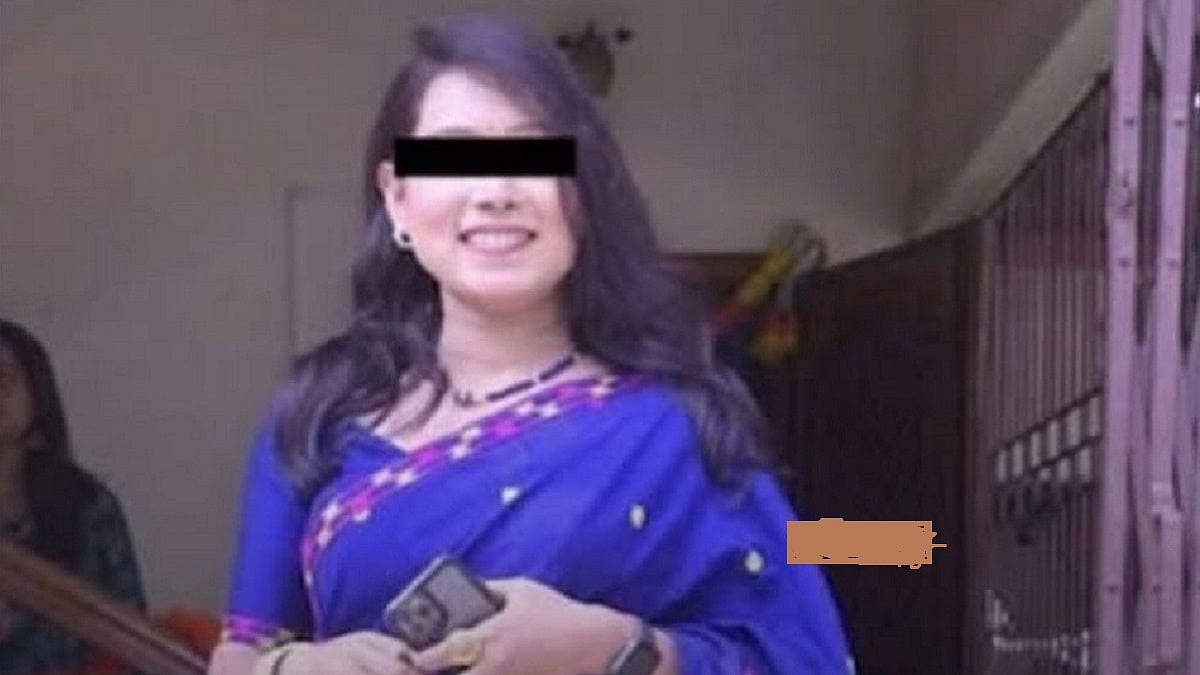In November 2016, the government of India announced a sweeping ‘demonetisation’ of the economy, invalidating billions of Rs 500 and Rs 1,000 banknotes overnight. The primary reason, it said, was to crack down on so-called ‘black money’.
In a televised address, Prime Minister Narendra Modi said the decision was taken to counter terror funding, corruption and hoarding of black money. Modi claimed that demonetisation was needed to break the back of terrorism and corruption by eliminating black money from the system. “The magnitude of cash in circulation is directly linked to the level of corruption," said Modi in his speech on that fateful evening.

Although the sudden ban sparked weeks of economic disruption, long queues at banks and even reports of several deaths, the government said it had achieved its objectives.
After three years, still PM Narendra Modi's claims have not been met.
1. It will bring back black money: The government estimated that Rs 3 lakh crore, or approximately 20%, of the demonetised banknotes would be permanently removed from circulation. owever, according to a 2018 report from the RBI, approximately 99.3% of the demonetised banknotes, or Rs 15.30 lakh crore of the Rs 15.41 lakh crore that had been demonetised, were deposited with the banking system. The banknotes that were not deposited were only worth Rs 10,720 crore.
In March 2019, the board of the Reserve Bank of India (RBI), which included the present governor Shaktikanta Das as a director, had warned of short-term negative impact of demonetisation on Indian economy and observed that the unprecedented move will not have any material impact on tackling black money. The board, according to minutes of a meeting disclosed by RBI in an RTI reply, had met just two-and-a-half hours before Prime Minister Narendra Modi announced the demonetisation decision on 8 November 2016.
2. People will move to digital transactions: The push for the digital payments was one of the stated intention of the demonetisation. Demonetization did bring down cash usage in the economy temporarily, but total currency in circulation has surpassed pre-demonetization levels. According to Live Mint, even the cash-to-gross domestic product (GDP) ratio is inching back towards pre-demonetisation levels of 12%.
However, even on digital payments, demonetization’s record has been bleak. Digital payments did spike immediately after demonetization, but since then, growth has subsided to pre-demonetization levels. This suggests the spike was just a reaction to the immediate cash shortage and did not have a lasting impact on people’s transaction behaviour.
3. It will end terrorism: Terrorism is as big a threat as it was three years ago, with the recent attacks in Gadchiroli and Pulwama continuing to expose our vulnerability to terror attacks.
4. Curtail counterfeit cash to fund illegal activity: The Prime minister of India Narendra Modi claimed that the action would curtail the shadow economy and reduce the use of illicit and counterfeit cash to fund illegal activity and terrorism. After demonetisation, there was an increase in the number of counterfeit Rs 100 and Rs 50 banknotes.
In 2017-18, there was an increase in counterfeit Rs 500 and Rs 2,000 (new version) banknotes than the previous year. 2017-18, the number of detected counterfeit banknotes was close to the number before demonetisation. Additionally, after demonetisation, only 0.0035% of the Rs 1,000 banknotes were found to be counterfeit.
5. Boost in tax collections: It is entirely possible that demonetisation was partly responsible for the boost in tax collections in the year following demonetization, as it led to a temporary spurt in people filing tax returns for the first time. However, latest data shows that the growth in the number of people filing tax returns has not sustained, with the number of people filing returns shrinking in 2018-19 compared to the year-ago period.
The Indian Express reported that while demonetization may have led to a spike in new taxpayers, it also led to a historic rise in the number of people who stopped filing taxes, perhaps because of loss of jobs or income that year.
